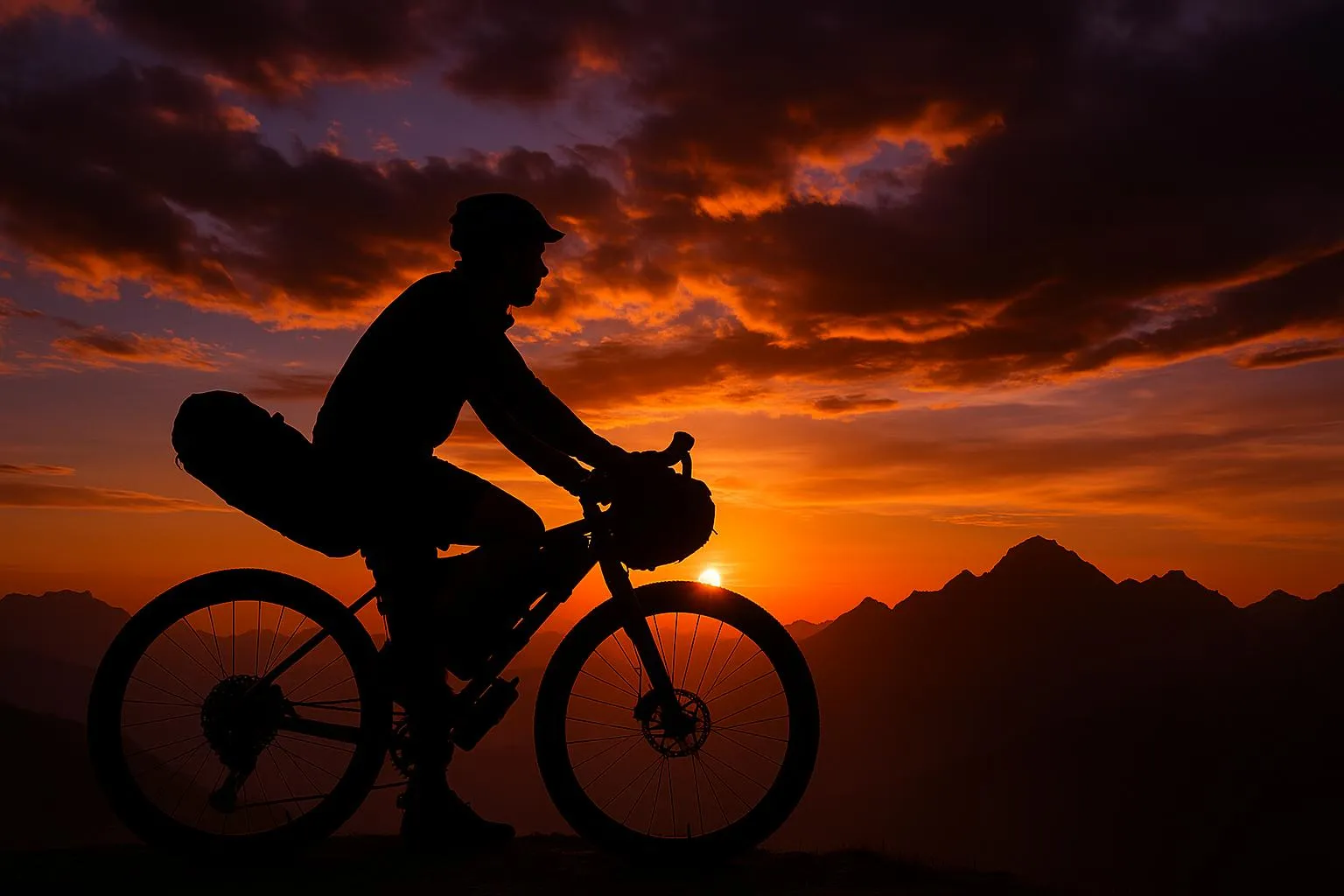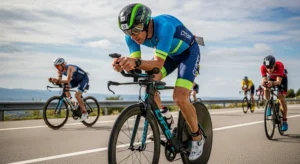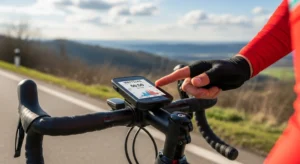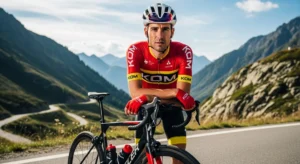In the fast-paced, digitally-driven world of 2025, a growing number of people are seeking a different kind of connection—a connection with nature, with themselves, and with a community of like-minded adventurers. This yearning for authentic experiences has fueled the explosive growth of bikepacking and adventure cycling. More than just a bike ride, bikepacking is a multi-day, self-supported journey into the wild, where the bike is a tool for exploration and the open road is a canvas for discovery. The movement represents a return to simpler pleasures and a rejection of the over-scheduled, hyper-connected lifestyle that dominates modern existence.
The Democratization of Adventure
One of the most exciting aspects of the bikepacking boom is its accessibility. Unlike traditional bike touring, which often requires specialized, heavy-duty touring bikes and racks, bikepacking has a more minimalist ethos that resonates with the modern cyclist. Modern gravel bikes, with their lightweight frames and plethora of mounting points, are perfectly suited for bikepacking, and a new generation of lightweight, strap-on bags has made it easier than ever to carry everything you need for a multi-day trip without the complexity of traditional panniers and racks.
This “democratization of adventure” has been further fueled by the rise of grassroots gravel events that prioritize community over competition. While big, corporate-sponsored races like UNBOUND and SBT GRVL still have their place and draw massive crowds, many riders are drawn to smaller, more community-focused events that prioritize camaraderie and shared experience over podium finishes. These events, often organized by local riders and bike shops, are a great entry point into the world of bikepacking, offering a supportive environment and a taste of the adventure that awaits beyond the finish line.
The economic factors driving this shift cannot be ignored. With rising costs of travel and entry fees for major events, local grassroots races offer an affordable alternative that doesn’t require expensive travel arrangements or time off work. According to insights from The Gravel Riders, events like the Oregon Trail Gravel Grinder, Gravel Worlds, FoCo Fondo, and Mid South continue to build momentum and add new aspects to their charm, creating loyal followings without the corporate backing of larger series.
As the world of cycling tourism continues to evolve, as highlighted in our post on the Cycling Tourism Technology Revolution, the focus is shifting towards more authentic and immersive experiences. Bikepacking is at the forefront of this movement, offering a way to travel that is both challenging and rewarding, connecting riders with landscapes and communities in ways that traditional tourism cannot match.
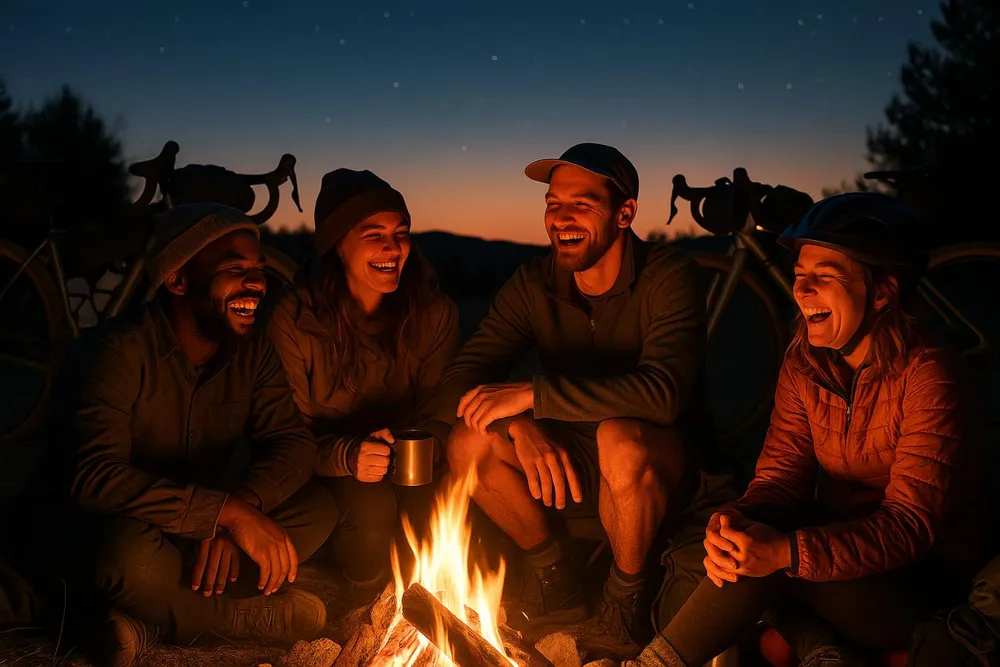
A World of Routes at Your Fingertips
The growth of bikepacking has been paralleled by an explosion in the number of available routes, making it easier than ever to plan an epic adventure. Websites like Bikepacking.com have become invaluable resources, offering a vast and ever-growing library of curated routes from around the world. With detailed maps, logistical information, and stunning photography, these resources make it easier than ever to plan an epic adventure, whether it’s a weekend trip close to home or a month-long expedition in a foreign land.
The numbers are impressive and speak to the rapid growth of the bikepacking movement. The Bikepacking.com route network now spans some 200,000 kilometers (125,000 miles) across nearly 50 countries. In 2024 alone, they added 54 high-quality route guides, covering more than 21,000 kilometers (13,000 miles) of new terrain. This represents an unprecedented resource for adventure cyclists, with routes ranging from accessible weekend trips to epic month-long expeditions that challenge even the most experienced riders.
From the iconic Great Divide Mountain Bike Route, which stretches from Canada to Mexico and remains the gold standard for long-distance bikepacking, to the rugged beauty of the Colorado Trail, there are routes to suit every skill level and appetite for adventure. New additions like the S.A.N.D. route in South Africa and the long-awaited Route of Caravans in Morocco have opened up entirely new regions for bikepacking exploration. Closer to home for many North American riders, routes like the Rolling Horse in Colorado and the MinneIoWisco offer accessible options that don’t require international travel.
This explosion of accessible routes is a key driver of the bikepacking trend, inspiring more and more people to load up their bikes and head for the hills. The detailed nature of these route guides removes much of the intimidation factor for newcomers, providing information on water sources, camping options, resupply points, and potential hazards. This level of detail makes bikepacking accessible to riders who might not have the experience or confidence to plan their own routes from scratch.
The Gear That Makes It Possible
Innovation in gear has been a major catalyst for the bikepacking boom, transforming what was once a niche activity requiring specialized knowledge into something accessible to any cyclist with a sense of adventure. The days of clunky racks and panniers are largely gone, replaced by a new generation of lightweight, streamlined bikepacking bags that are designed to work with modern bike geometries. These bags, which include seat packs, frame bags, and handlebar rolls, distribute weight more evenly and have less impact on the bike’s handling than traditional touring setups.
The evolution of bikepacking bag design represents a significant leap forward in functionality and usability. Modern bags use advanced materials that are both lightweight and durable, with waterproof construction that protects gear in all weather conditions. The attachment systems have been refined to the point where bags can be installed and removed in minutes, and they stay secure even on the roughest terrain. Companies like Rogue Panda Designs are pushing the boundaries of what’s possible with bikepacking bags, introducing innovative features like angle-adjustable hip belt wings for improved stability and comfort.
But the innovation doesn’t stop with bags. The bikes themselves are becoming more capable and versatile, purpose-built for the demands of multi-day adventure riding. As we explored in our post on the Gravel Bike Revolution, modern gravel bikes are the perfect platform for bikepacking, with their wide tire clearance, stable geometry, and numerous mounting points. The ability to run 50mm or wider tires provides the comfort and capability needed for long days on varied terrain, while the relaxed geometry inspires confidence on technical descents and rough surfaces.
The advent of features like internal frame storage has made it even easier to carry everything you need for a self-supported journey. These integrated storage solutions, pioneered by companies like ENVE and Pivot, allow riders to carry essential tools and supplies without cluttering the exterior of the bike with bags. This not only looks cleaner but also improves handling by keeping weight low and centered in the frame.
For those looking to dive deeper into the world of bikepacking gear, Bikepacking.com’s gear reviews and CyclingAbout’s bikepacking bike guide are excellent resources that provide detailed, real-world testing and honest assessments of the latest equipment.
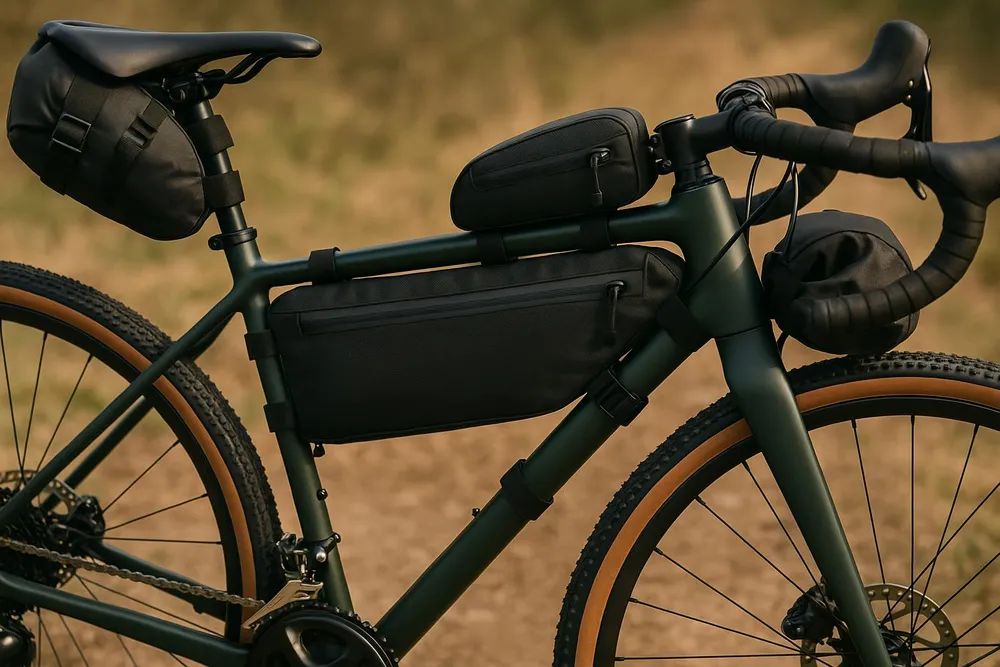
The Adventure Awaits
Bikepacking and adventure cycling are more than just a way to ride a bike; they’re a way to connect with the world and with ourselves in an increasingly disconnected age. They’re about embracing the unknown, pushing our limits, and discovering the beauty that lies just beyond the horizon. The appeal is universal, transcending age, fitness level, and cycling background. Whether you’re looking for a physical challenge, a mental reset, or simply a chance to disconnect from the digital world, bikepacking offers something profound.
The community aspect of bikepacking cannot be overstated. Unlike some competitive cycling disciplines that can feel exclusive or intimidating, the bikepacking community is known for its welcoming, supportive nature. Riders share route information, gear tips, and encouragement freely, understanding that everyone’s journey is unique and valuable. This sense of shared adventure creates bonds that extend beyond the trail, with many bikepackers forming lasting friendships through their shared experiences.
Whether you’re a seasoned adventurer or just starting to feel the call of the wild, there’s never been a better time to get into bikepacking. The community is welcoming, the gear is better than ever, and a world of adventure is waiting just outside your door. The barrier to entry is lower than you might think—you don’t need the most expensive bike or the latest gear to have an incredible experience. What you need is a sense of adventure, a willingness to embrace discomfort, and the curiosity to see what lies around the next bend in the trail.
For more inspiration and resources, check out the website of Adventure Cycling Association, which has been supporting bicycle travel since 1973, the premier resource for routes, gear reviews, and inspiration. For those interested in the intersection of technology and adventure cycling, Momentum Mag offers excellent coverage of North American routes and trends.
